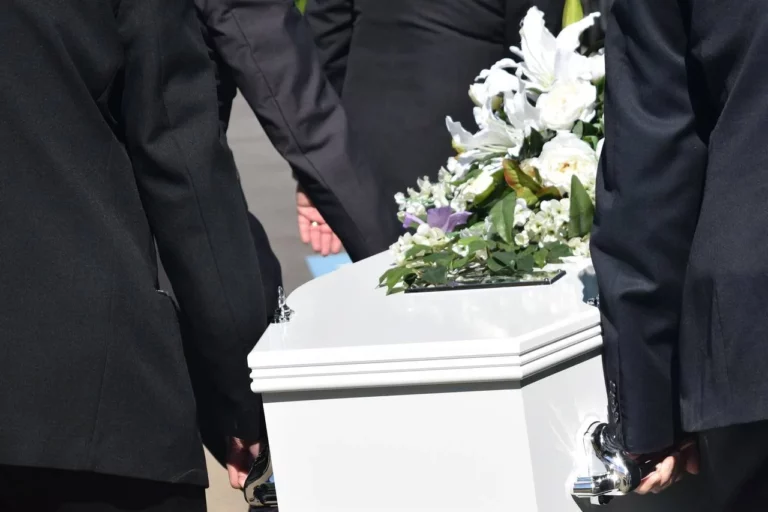Establishing Negligence and Liability in Wrongful Death Cases in Florida

Losing a loved one is an incredibly painful and devastating experience. When a death occurs due to someone else’s negligence or wrongdoing, it may be considered a wrongful death. In Florida, like in many other states, understanding the process of proving wrongful death is essential for seeking justice and holding the responsible parties accountable. In this article, we delve into the topic of proving wrongful death in Florida, focusing on the establishment of negligence and liability. Our aim is to provide information and promote awareness, rather than engage in any form of sales or litigation.
Understanding Wrongful Death
Wrongful death refers to a death caused by the negligent, reckless, or intentional actions of another person or entity. It can arise from various circumstances such as car accidents, medical malpractice, workplace accidents, or defective products. Here are key aspects to consider:
- Elements of Wrongful Death: To establish a wrongful death claim, certain elements must be present, including the death of a person, caused by the defendant’s negligence or wrongful conduct, and surviving family members who have suffered damages as a result.
- Legal Standing: In Florida, only certain individuals, such as immediate family members, personal representatives, or dependents, have legal standing to file a wrongful death lawsuit. Consulting with an attorney can help determine if you are eligible to bring a claim.
- Establishing Negligence and Liability: Proving negligence and establishing liability are crucial steps in a wrongful death case. Here are important considerations:
- Negligence: Negligence is the failure to exercise reasonable care, resulting in harm or death to another person. To prove negligence, the following elements must generally be demonstrated: a duty of care owed by the defendant, a breach of that duty, a causal connection between the breach and the death, and damages suffered as a result.
- Liability: Liability refers to the legal responsibility of a person or entity for the wrongful death. Depending on the circumstances, potential defendants may include individuals, corporations, healthcare providers, employers, or government entities. Establishing liability requires showing that the defendant’s actions or omissions directly caused the death.
- Gathering Evidence: Building a strong case requires gathering compelling evidence. This may include accident reports, medical records, witness testimonies, expert opinions, and any other relevant documentation that supports the claim of negligence and liability.
Legal Process and Damages
Navigating the legal process and understanding the types of damages available are crucial in wrongful death cases. Here’s what you should know:
- Statute of Limitations: Florida has a statute of limitations that sets a specific time limit for filing a wrongful death lawsuit. It is important to consult with an attorney promptly to ensure compliance with the applicable deadline.
- Types of Damages: Damages available in wrongful death cases can include economic damages (such as medical expenses, funeral costs, and loss of financial support), non-economic damages (such as pain and suffering), and potentially punitive damages if the defendant’s actions were particularly egregious.
- Legal Representation: Seeking the assistance of an experienced wrongful death attorney is highly recommended. They can guide you through the legal process, protect your rights, and advocate on your behalf to ensure that justice is pursued.
Conclusion
Proving wrongful death in Florida requires establishing negligence and liability, as well as navigating the legal process and understanding the available damages. While seeking justice cannot bring back a lost loved one, it can provide a sense of closure and financial support for the surviving family members. If you believe you have a wrongful death case, consulting with an experienced attorney is crucial to protect your rights and pursue the justice your loved one deserves.

 Call Us Today - It's Free
Call Us Today - It's Free